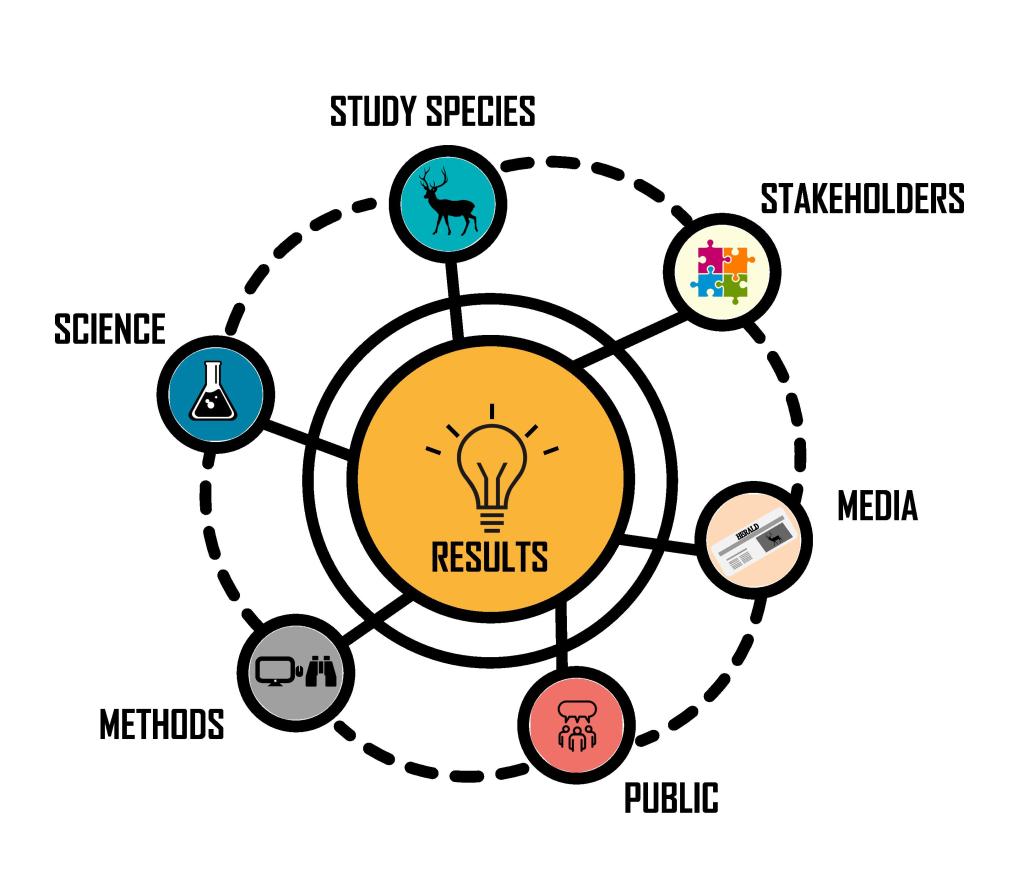Kilian Murphy and colleagues propose applied autoethnography, a form of structured reflection whereby researchers use personal experience to contribute to understanding collaborative processes, as a repeatable protocol to describe inter-organisational interactions during the research process in ecology and environmental research.
The publication of a scientific manuscript is the culmination of the long process of research, whereby the scientist shares the results of their study in the context of the field along with their choice of methodology for achieving these results. To communicate these facets of the research objectively requires the abolition of the self from the narrative and the streamlining of information from data collection to analysis.
Paradoxically, working in applied fields requires the participation, communication and collaboration of other relevant parties — stakeholders, for example — who may exercise significant influence over the research process. The working relationship between the researcher and these external parties thus introduces a novel subjective force into the research, which may impact the outcome of the project and the results obtained.
This influence, be it positive or negative, is oftentimes veiled from the publication of the research, which is limited to explaining the methods that produced the final set of results, which in turn veils a significant amount of the applied research process from the reader. Certainly, it would be beneficial for the community to have a common knowledge brokering tool, which disseminates the nuance of working in applied fields, whilst also documents the challenges faced and lessons learned, to iteratively improve how we work in applied collaborative research. The accumulation of this knowledge can aid in the planning, execution, and evaluation of applied research in ecology and environmental science, thus saving time and resources for future research efforts.
To describe the process of working in applied research and detail the nuances of inter-organisational collaboration, it is important to reacknowledge “the self” in the research process. Collaboration and communication are inherently subjective, and the outcome can vary widely based on several factors, implicit bias, and circumstances.
We have modified autoethnography, a method used widely in other applied disciplines (medicine, anthropology, psychology, business) to fit within the ecologist’s toolbox and document these experiences in a standardised, repeatable way that streamlines the information in an easily digestible manner. We have studied this method and developed a protocol for ecologists to use when writing their own applied autoethnography case study, and for projects where they have encountered a novel challenge or devised a novel solution, which they wish to share with the community.
Within the paper that we published in the Journal of Applied Ecology, we share 5 case studies written using our structured protocol from across our research team – devised of differing project types, study species, methods, experience levels and circumstances.
Our vision for the protocol is that it becomes common place in our field to include these reports within journals, grey literature, or within the scientific manuscript itself to holistically detail the process of the research. Our protocol also offers additional benefits, for example, a lack of inter-organisational understanding between researchers, stakeholders and government organisation present in our in-text case study, uncovering biases that affect research success (present in supplementary material 3) and presenting new research directions, for instance, scoping studies to investigate stakeholder perceptions prior to large-scale ecological studies (see supplementary material 4 in the paper).
Our protocol describes the researcher, the place and the circumstances of the study, which can mould experiences into methods and best practices for researchers seeking to begin a new project or expand on existing efforts. As stand-alone reports, they offer detailed narratives of the research, for better or worse. As supplementary material to quantitative papers, these reports can wholly explain the context of data collection and data availability, describing the biases which shaped the analysis and the effect on the results.
We hope that further contributions from across the field of ecology and environmental science will lend new understanding from a wide spectrum of projects – exponentially increasing the amount of knowledge that we document, to learn — as a community – from working in applied ecology.
Autoethnography is not a new method – but we have modified autoethnography in such a way that we feel maximises its benefits to our community. For this practice to be adopted, it must be applicable and feasible. Therefore, we wish to update this protocol in the future based on feedback from the community.
We implore you, as researchers, to adopt this method and trial it for a research project where you feel it may add value to the final research output. Upon completing it, please do not hesitate to get in touch with feedback or suggestions which may shape the next iteration of this protocol in the future.
We look forward to reading and learning from your research experiences in applied ecology and environmental science.
Read the full Practitioner’s Perspective Applied autoethnography: A method for reporting best practice in ecological and environmental research in Journal of Applied Ecology



One thought on “Applied autoethnography: A method for reporting best practice in ecological and environmental research”